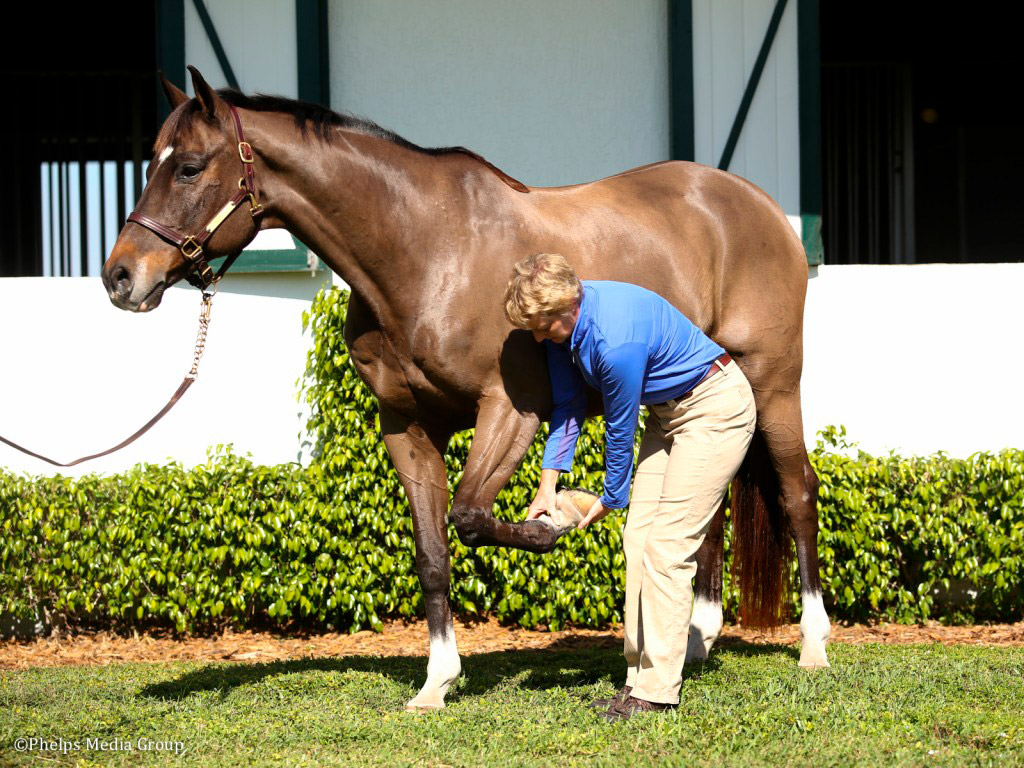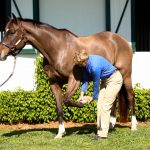
The prepurchase exam
When we decide to buy a horse for the sport and competition, it’s usual to arrange a prepurchase exam: a veterinary examination prior to the purchase. This helps us know more about the physical state of the horse and its health, and determine if it’s suitable for the sport or if there are any risks or limitations. But we must know there is no absolutely perfect horse.
The prepurchase exams are very similar in most countries. Usually people arrange standard examinations but any horse can examined more thoroughly if the buyer wishes to. In The Netherlands a standard prepurchase exam can cost between 500€ and 1300€ approximately, depending on the amount of tests taken. It also depends on where the examination takes place (usually at a clinic but it can also be held at the stable where the horse is).
Before beginning with the examination, the buyer must facilitate his personal details and credit card number to the equine clinic. Normally the buyer must cover all the expenses of the prepurchase exam. However, shall the report have a negative conclusion and the sale is cancelled, the seller shall pay for at least the costs of the clinical examination. In some cases the seller might also cover the radiological exam if he hasn’t offered previous X rays from the horse.
The prepurchase exam in The Netherlands is divided in 2 parts:
- Clinical exam:
- Preliminary examination: The exterior of the horse is completely checked and legs are palpated, they perform a neurological examination, check sensibility and flexibility of back and neck; They listen to the heartbeat before and after exercise, the mouth is checked, they take a few blood samples which can be tested for doping or viruses if required anytime, and in many cases a laryngoscopy is performed.
- Flexion tests: On a straight line the horse has to walk and trot back and forth before and after 4 flexion tests. The legs are bent and held in that position for one minute, immediately after they have to start trotting. This way the veterinarian can see if he moves correctly or if the horse is a bit sensible to the flexions.
- Trot on hard and soft surface: The horse must me lunged on a big circle. He must walk, trot and canter to both sides on a hard surface (usually concrete) and on a soft surface (sand).
- Radiological exam:
- Limb radiographs: X-rays of all 4 limbs and hooves will be taken from several angles, mainly from the side. The radiographs of the front legs are also taken from the front view. Horseshoes should be previously removed in order to interpret better the radiographs.
- Neck and back radiographs: X-rays are made from behind the horse’s ears up to the lumbar region. So the whole neck and back are checked.
After the vetting is completed, the veterinarian writes the official report where all the findings and observations about the horse are noted. He will inform if the horse is suitable for the sport or if there are any limitations or risks. However, it’s always good to double check with your home veterinarian in case you have any doubts.









